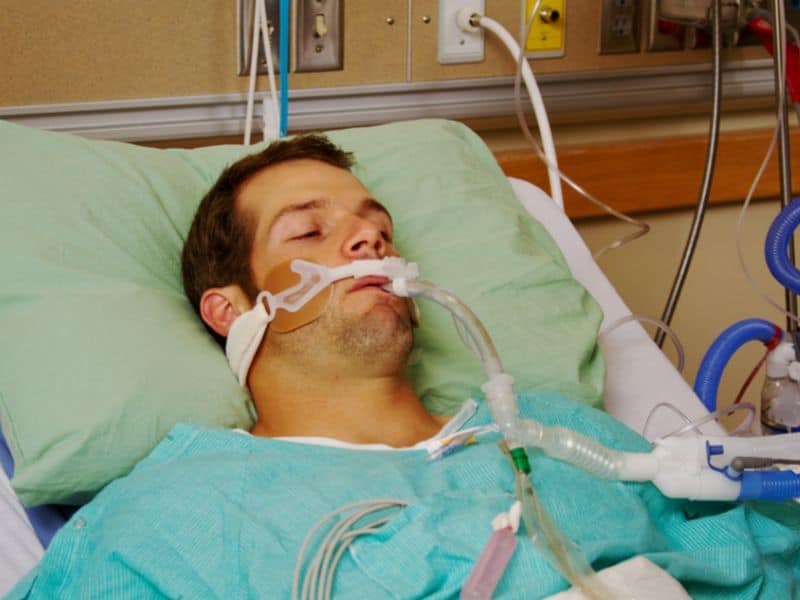TUESDAY, Feb. 19, 2019 (HealthDay News) — Oxygen saturation is higher and incidence of severe hypoxemia is lower for positive-pressure ventilation with a bag mask versus no ventilation in critically ill adults undergoing tracheal intubation, according to a study published online Feb. 18 in the New England Journal of Medicine. The research was published to coincide with the Society of Critical Care Medicine annual Critical Care Congress, held from Feb. 17 to 20 in San Diego.
Jonathan D. Casey, M.D., from Vanderbilt University Medical Center in Nashville, Tennessee, and colleagues randomly assigned 401 adults from seven intensive care units (ICUs) undergoing tracheal intubation to receive ventilation with a bag-mask device or no ventilation during the time period between induction and laryngoscopy.
The researchers found that the median lowest oxygen saturation was 96 and 93 percent in the bag-mask ventilation and no-ventilation groups, respectively (P = 0.01). Severe hypoxemia occurred in 10.9 and 22.8 percent of patients in the bag-mask ventilation and no-ventilation groups, respectively (relative risk, 0.48; 95 percent confidence interval, 0.30 to 0.77). Operator-reported aspiration occurred during 2.5 and 4.0 percent of intubations in the bag-mask and no-ventilation groups, respectively (P = 0.41).
“In the eyes of all clinicians managing airways in the ICU, the results of this rigorous, multicenter trial may not settle the question of the safety of bag-mask ventilation during rapid-sequence intubation,” write the authors of an accompanying editorial. “However, the findings provide a strong suggestion that the practice is not harmful.”
Abstract/Full Text
Editorial
More Information
Copyright © 2019 HealthDay. All rights reserved.



